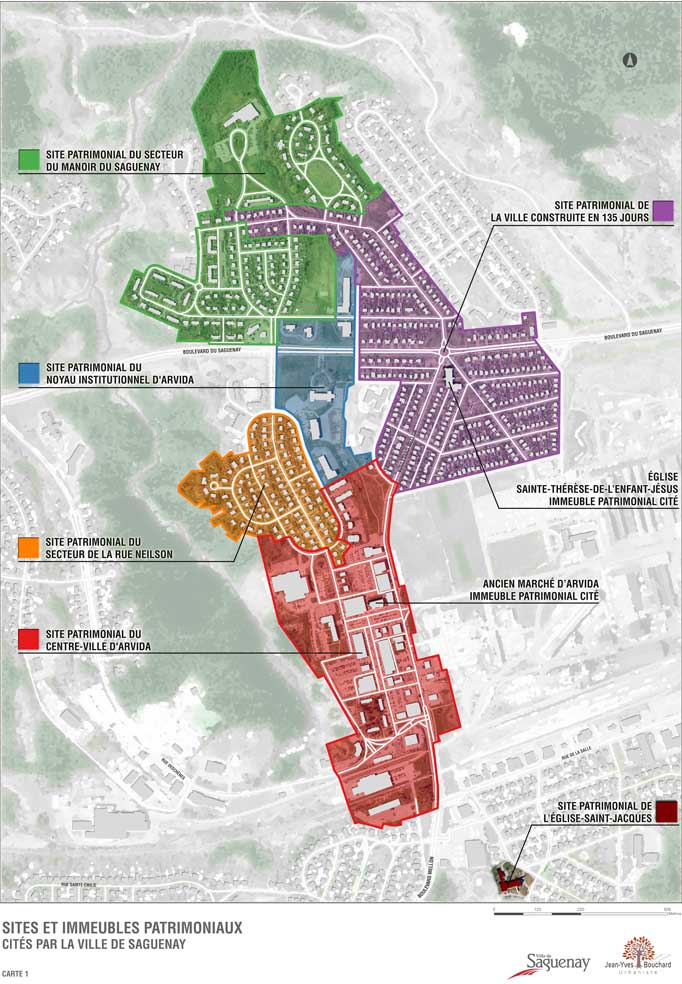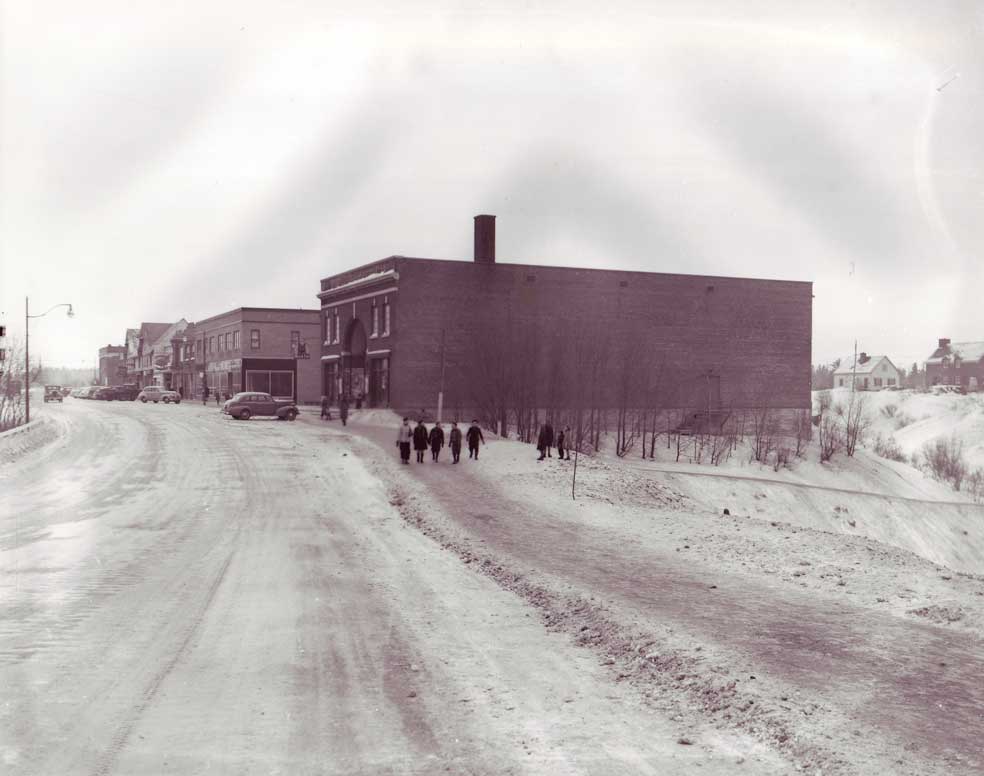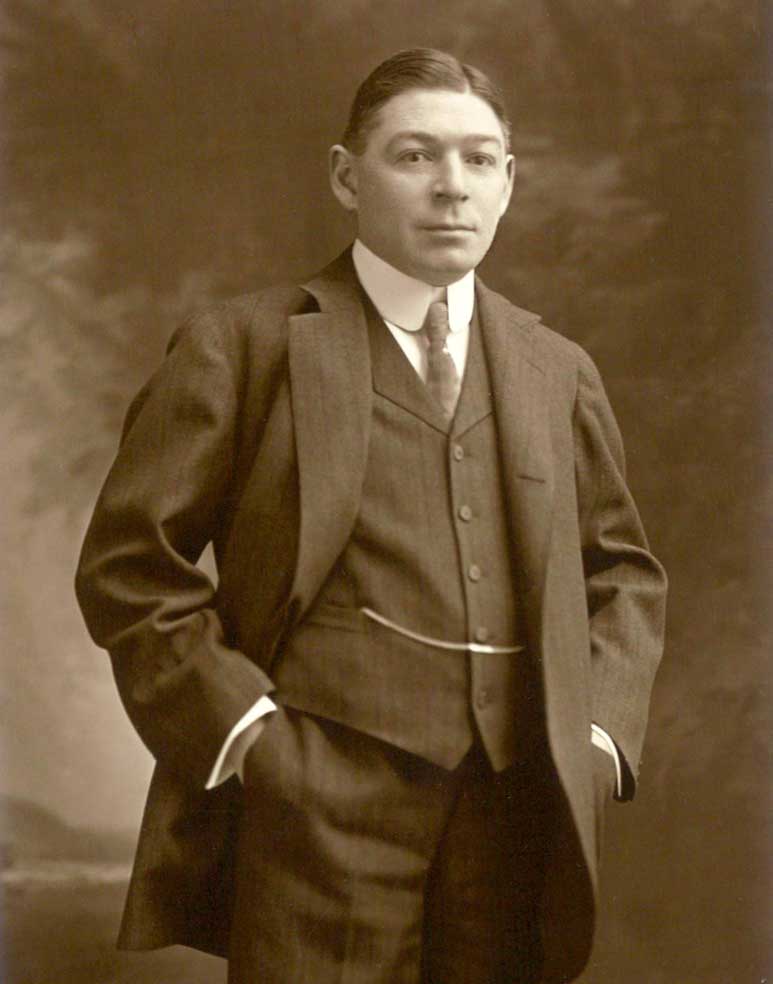The citation of three buildings and seven sites, and the identification of one deceased historical figure and one historical event
Over the course of the century, the governance exercised by the company, its core and trademark on the international stage, was gradually deferred to the municipal administration. The city took over this partnership with the residents of Arvida to protect the distinctive features of the historical and built landscape of Arvida. In the wake of the initiatives taken by the city of Jonquière, to which Arvida was annexed in 1975, Saguenay, within which the model city of Arvida has integrated, expresses its keen consideration for the urban, architectural and historical features of Arvida. The City of Saguenay has repeatedly committed to the preservation of its urban landscapes, its distinctive monuments of Canadian architectural history, as well as its working-class housing, unique among all other planned industrial cities.
City officials have strived to implement a heritage management framework that is not based on an external model but adapted to the urban and architectural characteristics of Arvida. Several specialized studies and customized surveys have supported these actions throughout the Arvida area since the 1990s. These actions led to the establishment of a heritage restoration consulting service, while still supporting regulations to be subsequently adopted; they laid the groundwork for collaboration between City and residents for the conservation of Arvida. Saguenay also inventoried and digitized over one thousand original documents, designs of architecture, urban planning and infrastructure, including those relevant to the 125 house models. Since 1999, the City has also proceeded with the citation of every church, and that of the institutional core of Arvida, which consists of five schools built between 1927 and 1962 and two churches built in 1949 and 1950.
The City designed and adopted nine Site Planning and Architectural Integration Plans (SPAIP) to protect Arvida. As a result, most of the built territory of the City of Arvida, as well as the symbolic aluminum bridge, also recognized under the Cultural Heritage Act, are subject to some type of heritage regulation, according to needs and requirements.
 |
Mapping of heritage buildings and sites cited by the City of Saguenay. |
After twenty some years dedicated to the awareness and protection of the architectural and urban landscape of Arvida, in a partnership with the Ministry of Culture and Communications of Quebec, Saguenay took another step towards the recognition and preservation of its heritage. In 2010, thanks to the great support of its citizens, a ruling helped cite three heritage sites, including 733 houses, which represent approximately 40% of the territory of the model city of Arvida. This initiative, a first in municipal heritage history, is however only the first step that the City hopes to forge in a global partnership regarding the awareness and recognition of Arvida.





 Official City of Saguenay website
Official City of Saguenay website